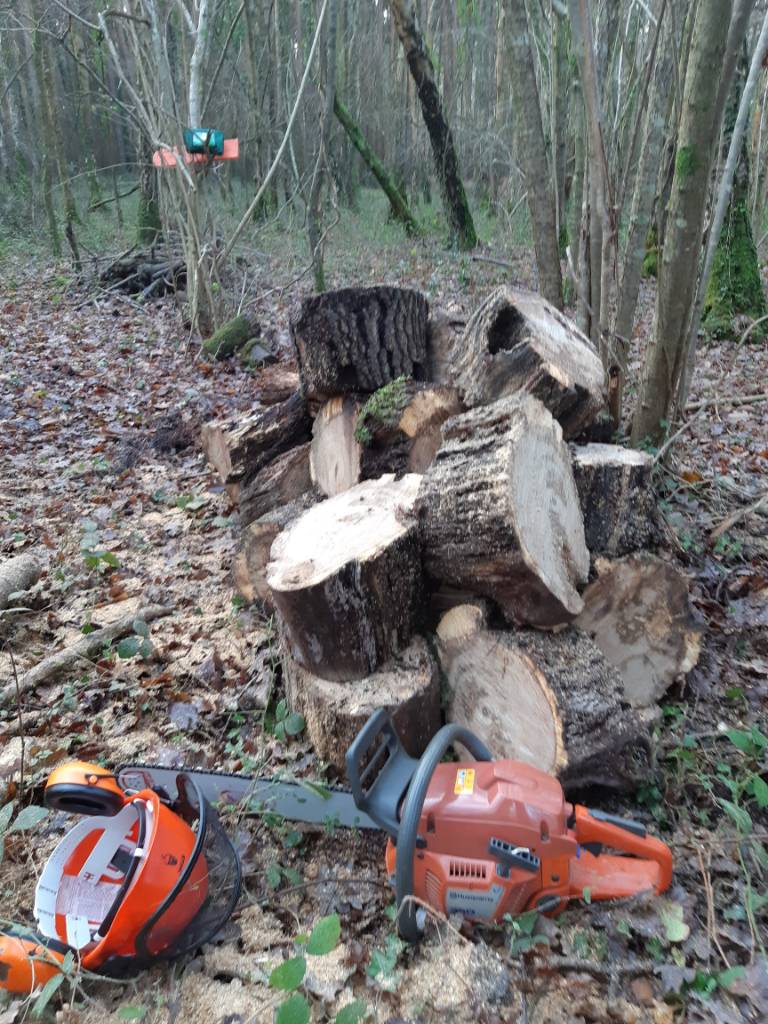Mark A
Established Member
Hi chaps,
Earlier this year I started to cut and split firewood myself, with the intention of becoming less reliant on bought logs or scavenged timber and pallets.
Back in September a couple of oaks blew down and blocked the lane. My neighbour, the farmer who owns the surrounding woodland, let me help myself to the remaining logs. The oak was cut, split and stacked in my woodshed, with the expectation that it wouldn't be ready for burning until the following year at the very earliest.
Today I split and probed a few bits of oak with my new moisture meter and was very surprised to see a reading of 21%, as it's only been four months. The thing is, all the other telltale signs of seasonedness I've read about, like end grain cracks, peeling bark and a hollow sound when clunked together haven't arisen yet. The wood still looks, feels and sounds a bit green.
Can a moisture meter be relied on to determine the readiness of firewood, or would it be best to wait for the other signs to materialise?
Cheers,
Mark
Earlier this year I started to cut and split firewood myself, with the intention of becoming less reliant on bought logs or scavenged timber and pallets.
Back in September a couple of oaks blew down and blocked the lane. My neighbour, the farmer who owns the surrounding woodland, let me help myself to the remaining logs. The oak was cut, split and stacked in my woodshed, with the expectation that it wouldn't be ready for burning until the following year at the very earliest.
Today I split and probed a few bits of oak with my new moisture meter and was very surprised to see a reading of 21%, as it's only been four months. The thing is, all the other telltale signs of seasonedness I've read about, like end grain cracks, peeling bark and a hollow sound when clunked together haven't arisen yet. The wood still looks, feels and sounds a bit green.
Can a moisture meter be relied on to determine the readiness of firewood, or would it be best to wait for the other signs to materialise?
Cheers,
Mark



































